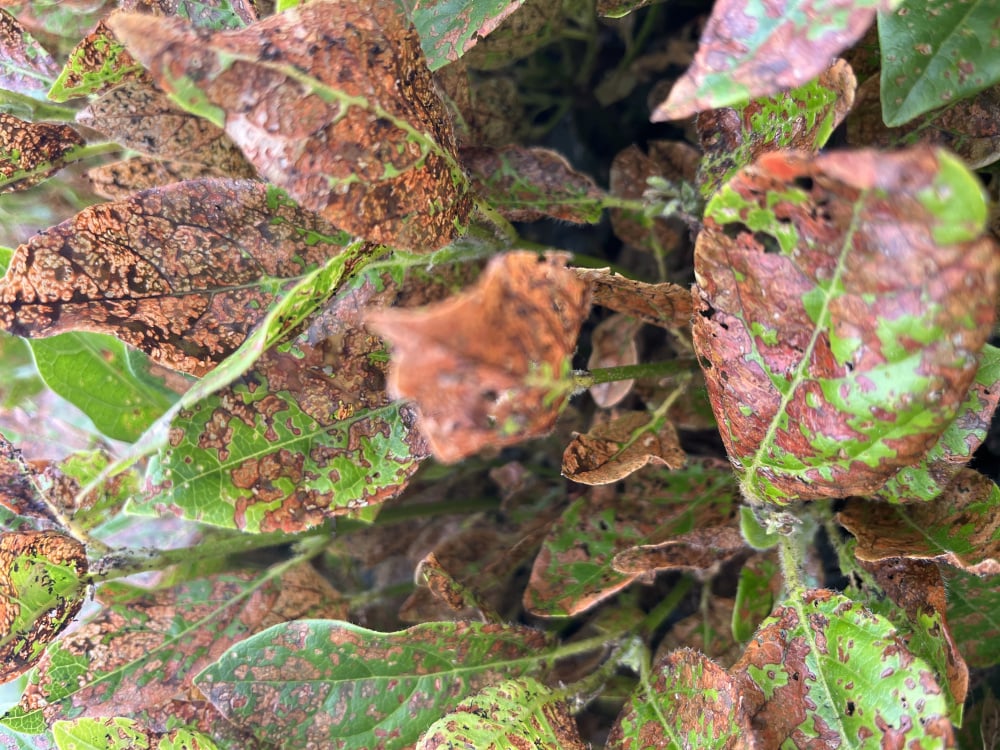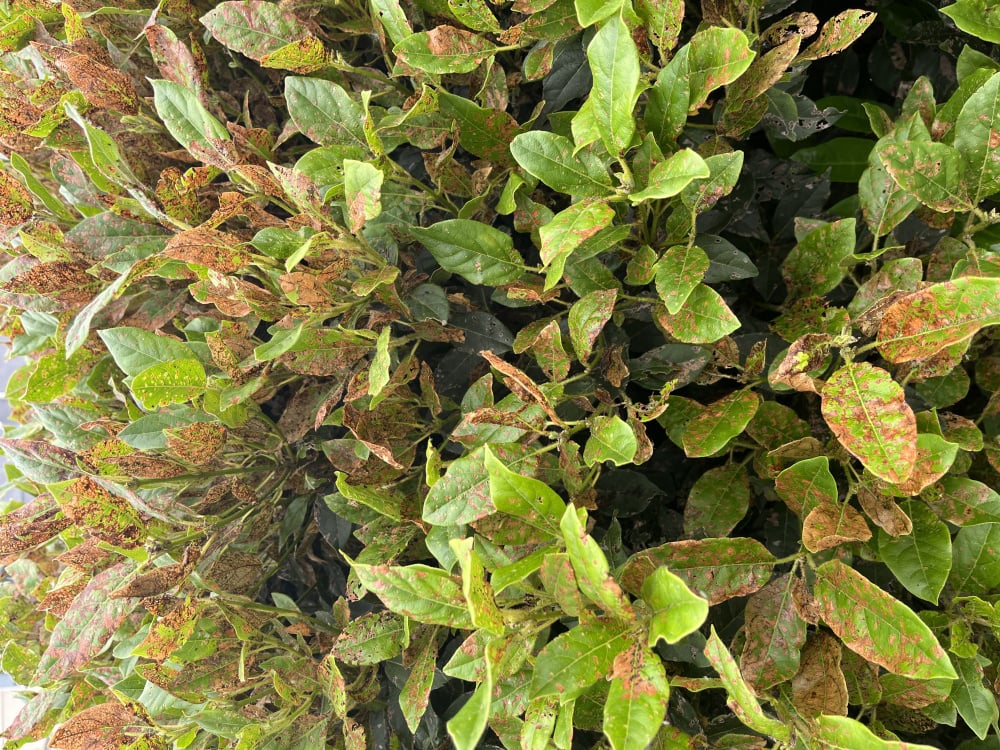This Forum will close on Wednesday 27 March, 2024. Please refer to the announcement on the Discussions page for further detail.
Viburnum Beetle Constant Issues

 Hi all - I have two Lauristinis Viburnums that at this time of year get absolutely stacked by what I assume is viburnum beetle (images attached). I’ve tried several sprays but they always seem to catch me off guard and BOOM - stinking plants for me and my neighbours. I’m to the point of ripping them out and changing to some laurels, and just wondering if anyone else has them this bad and knows of some sure fire solutions. And it’s be interesting if there’s some other potential factors why I get them so bad, for example other things attracting then or ways they are hanging around. Thank you!
Hi all - I have two Lauristinis Viburnums that at this time of year get absolutely stacked by what I assume is viburnum beetle (images attached). I’ve tried several sprays but they always seem to catch me off guard and BOOM - stinking plants for me and my neighbours. I’m to the point of ripping them out and changing to some laurels, and just wondering if anyone else has them this bad and knows of some sure fire solutions. And it’s be interesting if there’s some other potential factors why I get them so bad, for example other things attracting then or ways they are hanging around. Thank you! 0
Posts
Disadvantage of the plicatum is that it needs regular watering even as an established shrub. This is my experience anyway 🙂
Luxembourg
They grew well at first then I noticed that the leaves were turning to lace.
Each year it got worse.
Eventually they all gave up and died
Billericay - Essex
Knowledge is knowing that a tomato is a fruit.
Wisdom is not putting it in a fruit salad.
Viburnum beetle overwinters as eggs that are deposited in the bark of the current years growth of viburnums in late summer. These eggs hatch in late April-early May and the larvae begin feeding on the new foliage. When fully fed in late May-June, the larvae go into the soil to pupate. Adult beetles emerge in late summer.
Most of the damage is caused by the larvae during late spring. Adult feeding damage on the foliage is much less extensive than that of the larvae.
If your shrub is always affected I think you need to take some strong action and understand the lifecycle of the beetle.
As you can see from the above quote the larvae will now be making their way into the soil to pupate.
I would cut the shrub back really, really hard now (see @B3 's post above plus, in the past, I have cut an inherited Vib Tinus down from a 4m x 3m tree to lower than a metre which grew back strongly). Give it some decent TLC over the coming months (lots of water if it's dry, maybe a light feed of BFB or similar) and get rid of the prunings. The shrub will look dreadful - but you have nothing to lose really.
For the next few weeks cultivate the soil all around the base regularly (a couple of times a week) to disturb pupating larvae and expose them for birds. Be ready to remove adult beetles when they start to emerge in a few weeks time.
I'd also consider removing this year's growth in winter to remove overwintering eggs - but I've not seen that advised anywhere.
Next spring (April) be ready to remove any affected growth at the first signs and maybe (depending on your views) spray with a short life pesticide to kill the larvae.
If that doesn't work - replace with something else.